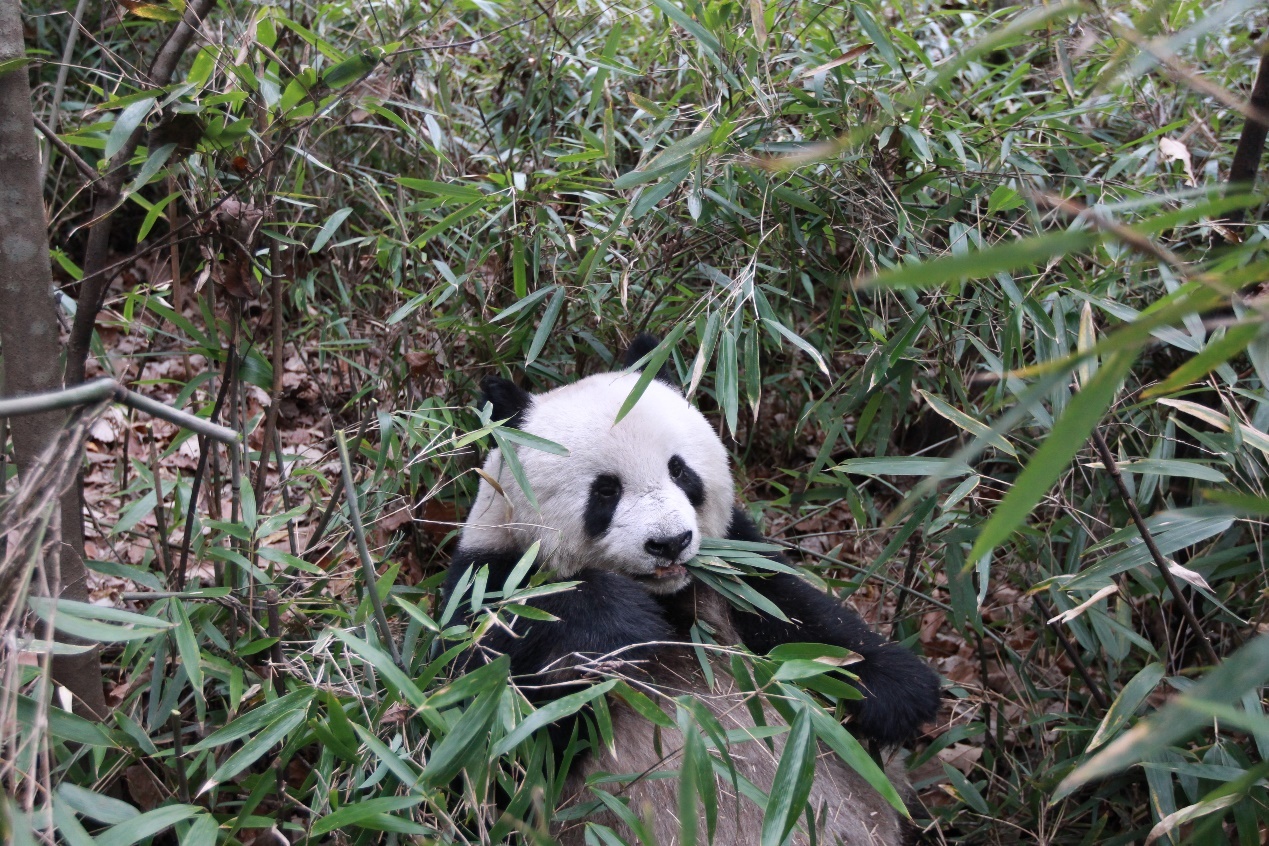The secret of how pandas survive purely on vegetation has bamboozled biologists for decades.
But now research by an Aberdeen University team has shed new light on the their diet.
Pandas are famous for feasting almost entirely on bamboo, but because their stomachs evolved to digest meat and not plants, they need to munch about 50lb of shoots a day to survive.
A new international study by teams from Aberdeen, the Chinese Academy of Sciences and Beijing Zoo has revealed that the secret lies partially in the Asian bear’s thyroid hormones.
Professor John Speakman, from Aberdeen University, was the co-first author of the study, which was has been published in the academic journal Science.
He said: “Pandas are a bear species that don’t eat any animal meat, they just concentrate on bamboo.
“The only way they can do this is with a low rate of metabolism, because if they had a high rate the amount of bamboo they would need to eat would have to be phenomenal, it would be like a human subsisting on just their carpet, it’s really low on nutrition.
“Even a panda moving around and doing all it needs to do in a day expends less energy than a human of equivalent weight just sitting doing absolutely nothing, so we have long thought they must have something else going on in their metabolism.
“So what we found is that pandas have a unique mutation that gives them very low levels of thyroid hormones, which are related to their low metabolism.
“It was all down to a single letter change in the genome, relative to other carnivores, that led to all these downstream effects.”
Prof Speakman said that without this gene-altering mutation, the species might not have been able to swap to its solely herbivorous diet.
He added: “One way we think this happened is due to this mutation lowering their metabolic rate, pandas switched to eating vegetable matter instead because they couldn’t run around to catch meat, but of course there is no way to tell if the mutation came before the change in diet or not.
“It has been a real pleasure to be involved in this international collaboration.”
